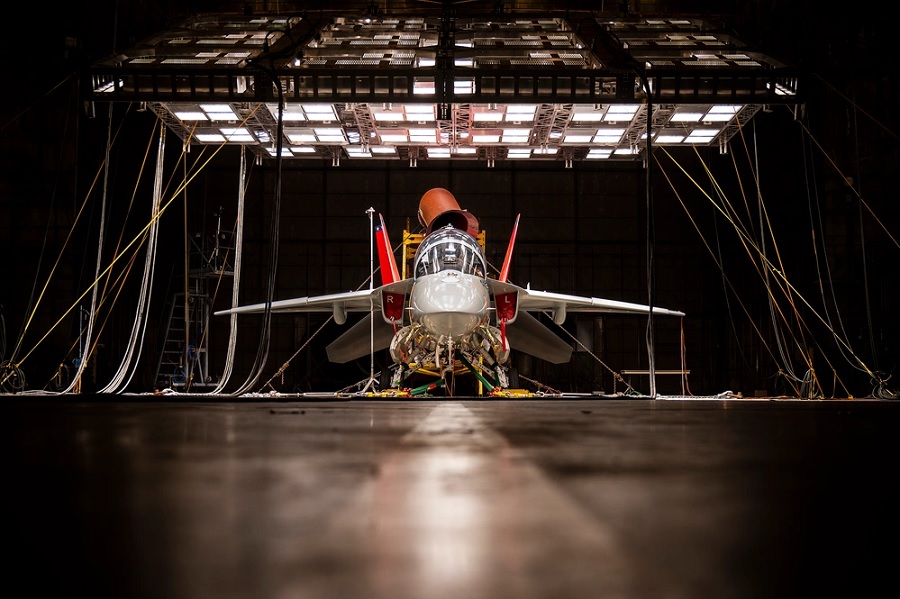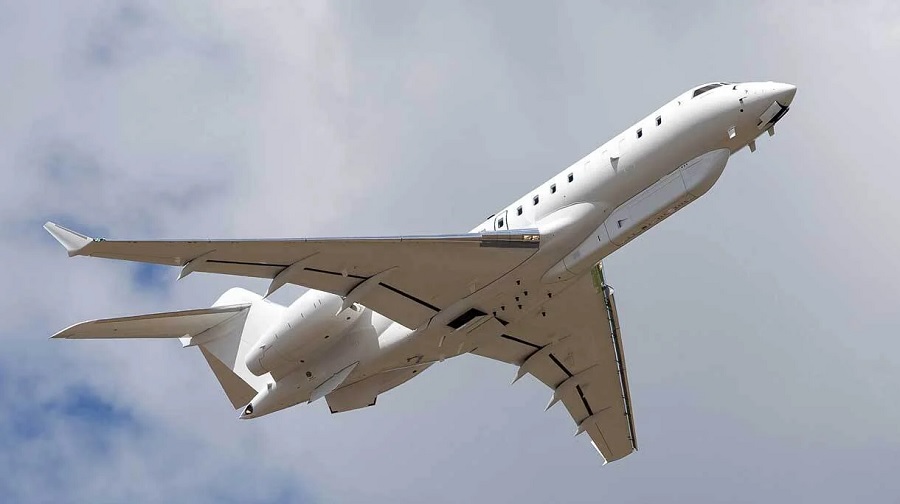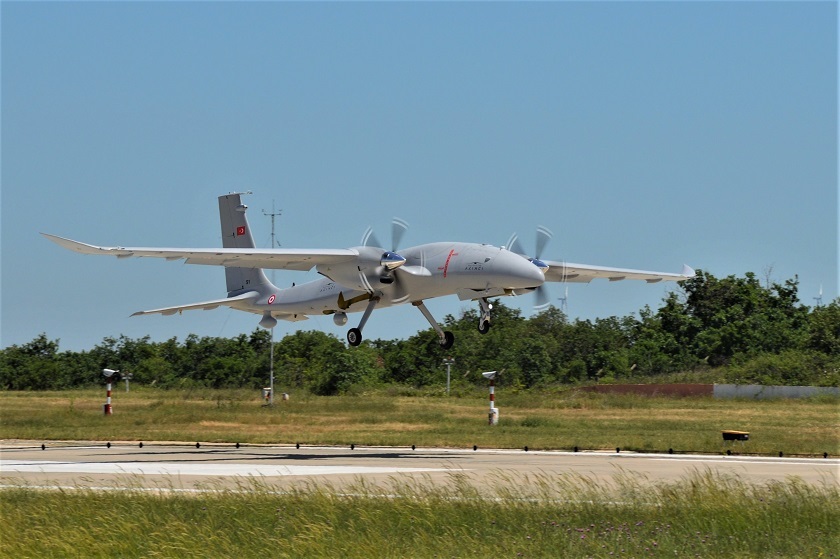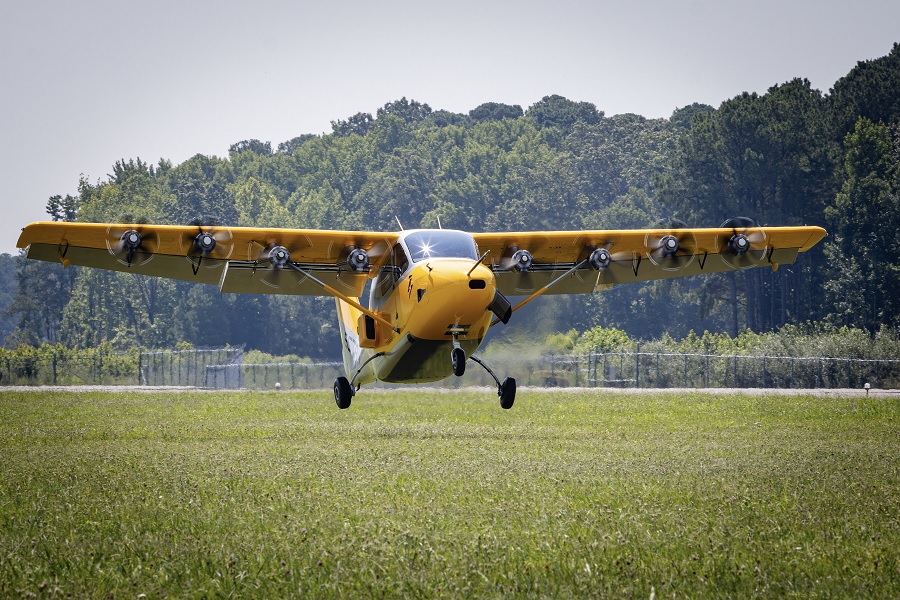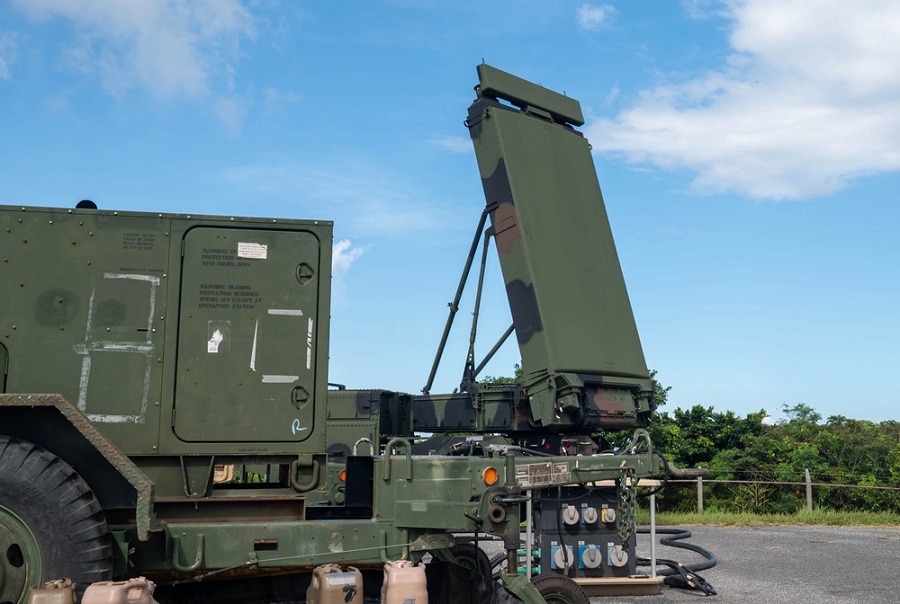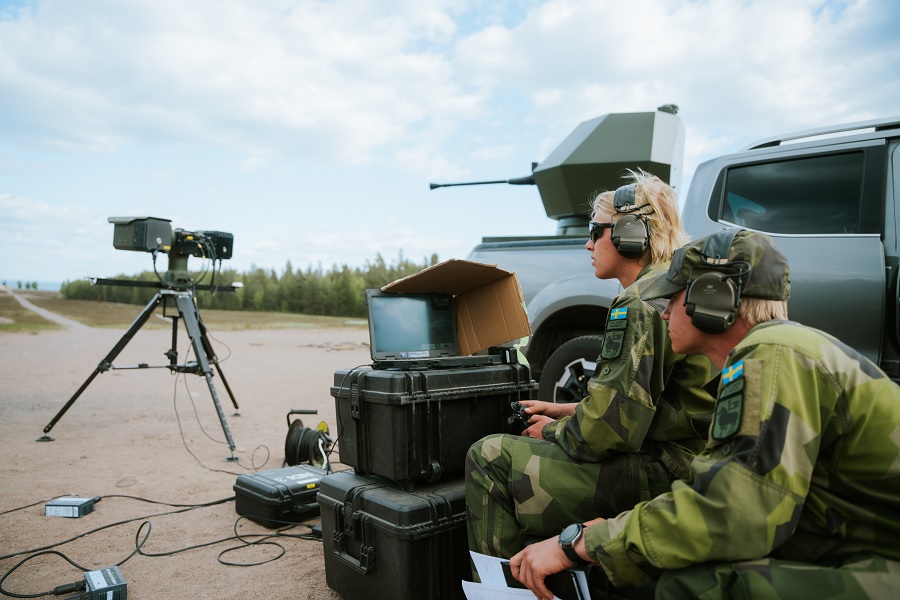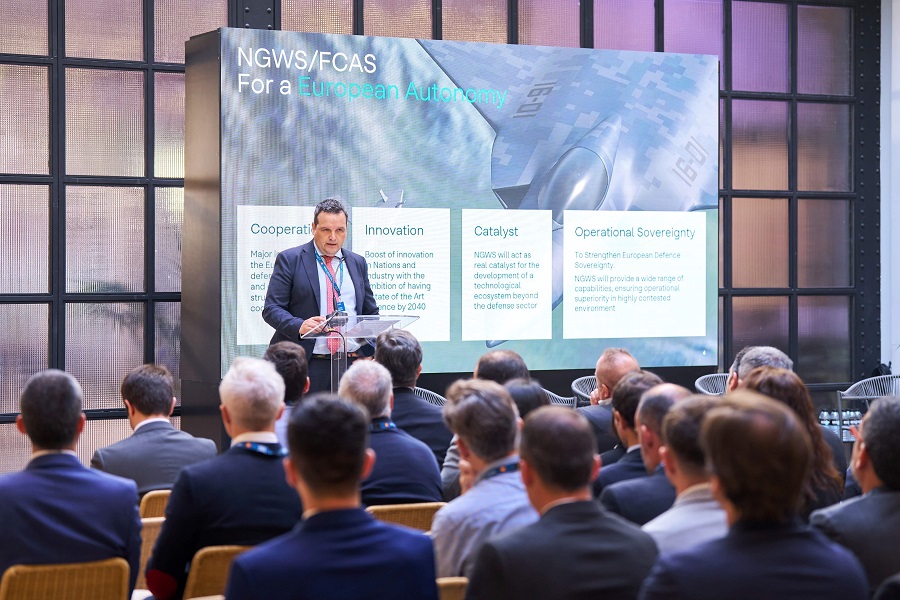The first flight took place within a dedicated restricted airspace (ED-R) that was implemented by Deutsche Flugsicherung for Polaris flight testing. The ED-R covers the airport of Peenemünde and adjacent Baltic Sea waters, with a total area of 260 square kilometers.
The vehicle was operated by Guinness Book record drone pilot Niels Herbrich, supported by an automated flight controller for vehicle stabilization and stall prevention, and a Beyond-Visual-Line-Of-Sight (BVLOS) telemetry system. The first flight covered approximately 10 kilometers of ground distance.
Athena is 3.5 m long and features a nominal take-off mass of 120 kg. The vehicle is initially equipped with 4 turbojet engines, and is designed to reach Mach 0.4 under turbine power. The center section of the vehicle is designed for later integration of a rocket engine and a corresponding rocket propellant system, which greatly increases vehicle performance. The strong and stiff vehicle structure is designed for lateral maneuver load factors of 6.6 g, while the robust landing gear provides extra durability during hard landings.
Read more about Athena spaceplane demonstrator and its tests – visit Polaris website.










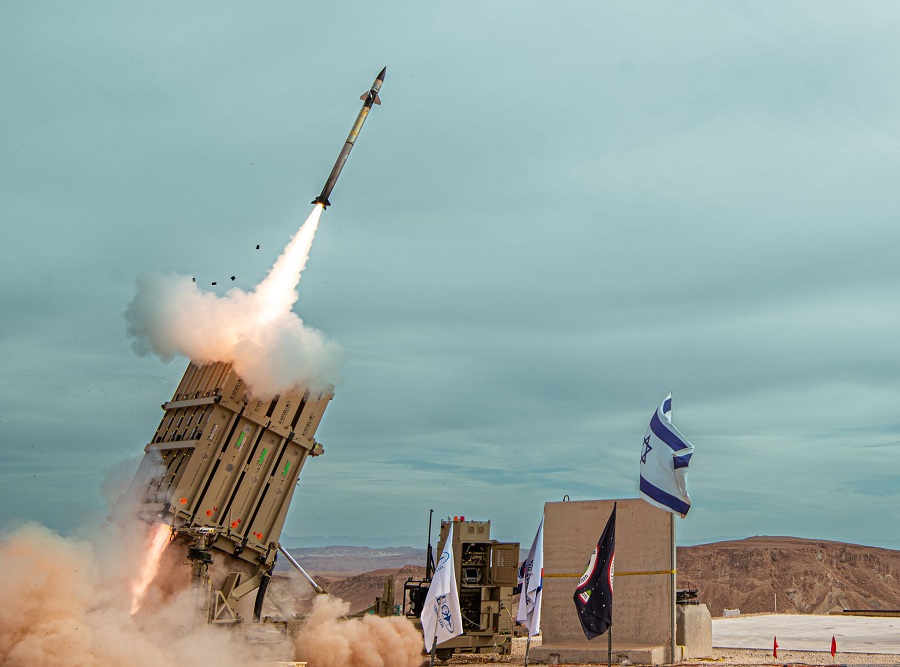
![MightyFly demonstrates autonomous cargo flight capabilities to U.S. Air Force [VIDEO]](https://defence-industry.eu/wp-content/uploads/2025/07/MightyFly-demonstrates-autonomous-cargo-flight-capabilities-to-U.S.-Air-Force-VIDEO.jpg)
